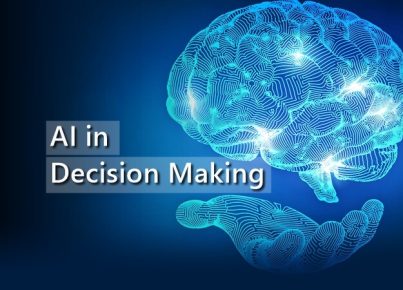As we venture further into the digital age, one of the most transformative trends in blended learning is the integration of Artificial Intelligence (AI). This powerful technology is reshaping the educational landscape, offering new possibilities for personalization, automation, and enhanced learning experiences that seamlessly blend online and face-to-face components.
In a blended learning context, AI can play multiple roles, each contributing to a more adaptive and effective learning environment. One of the primary applications is in creating personalized learning paths. AI algorithms can analyze vast amounts of data about a student’s performance, learning style, and pace to tailor online content and activities to their individual needs. This might involve adjusting the difficulty of problems, recommending additional resources, or even altering the presentation style of information based on what works best for each learner.
AI-powered chatbots and virtual tutors are another significant development in blended learning. These can provide 24/7 support to students, answering questions, offering explanations, and guiding learners through difficult concepts. In a blended model, these AI assistants can complement face-to-face instruction, providing additional support between in-person sessions and freeing up teacher time for more complex interactions during class.
Natural Language Processing (NLP), a branch of AI, is being used to enhance both online and offline components of blended courses. In online forums or discussion boards, NLP can analyze student contributions, identifying common themes or misconceptions that teachers can address in face-to-face sessions. During in-person classes, speech recognition technology could be used to transcribe discussions in real-time, making it easier for students to review key points later.
AI is also revolutionizing assessment in blended learning environments. Automated grading systems can quickly evaluate objective questions, providing immediate feedback to students and freeing up instructor time for more nuanced assessments. More advanced AI systems are even being developed to evaluate essays and open-ended responses, offering detailed feedback on writing style, argumentation, and content.
Predictive analytics, powered by AI, is another powerful tool in blended learning. By analyzing patterns in student data, these systems can identify learners who may be at risk of falling behind or dropping out. This allows for early intervention, with teachers using face-to-face time to provide targeted support to struggling students.
From an instructional design perspective, AI can help optimize the balance between online and face-to-face components of a blended course. By analyzing engagement data and learning outcomes, AI systems can suggest adjustments to the curriculum, recommending which topics might be better suited for online study versus in-person instruction.
However, the integration of AI in blended learning also raises important considerations. There are valid concerns about data privacy and the ethical use of student information. There’s also the risk of over-reliance on technology, potentially diminishing the crucial human elements of teaching and learning. It’s essential to view AI as a tool to enhance, not replace, human instruction.
As we look to the future, we can expect to see even more sophisticated applications of AI in blended learning. This might include AI-driven virtual reality simulations that adapt in real-time to student responses, or emotionally intelligent AI tutors that can recognize and respond to student frustration or confusion.
The trend towards AI integration in blended learning reflects a broader shift towards more personalized, data-driven educational approaches. By leveraging the power of AI to enhance both online and face-to-face components of courses, we have the potential to create more engaging, effective, and inclusive learning experiences that truly meet the diverse needs of modern learners.





